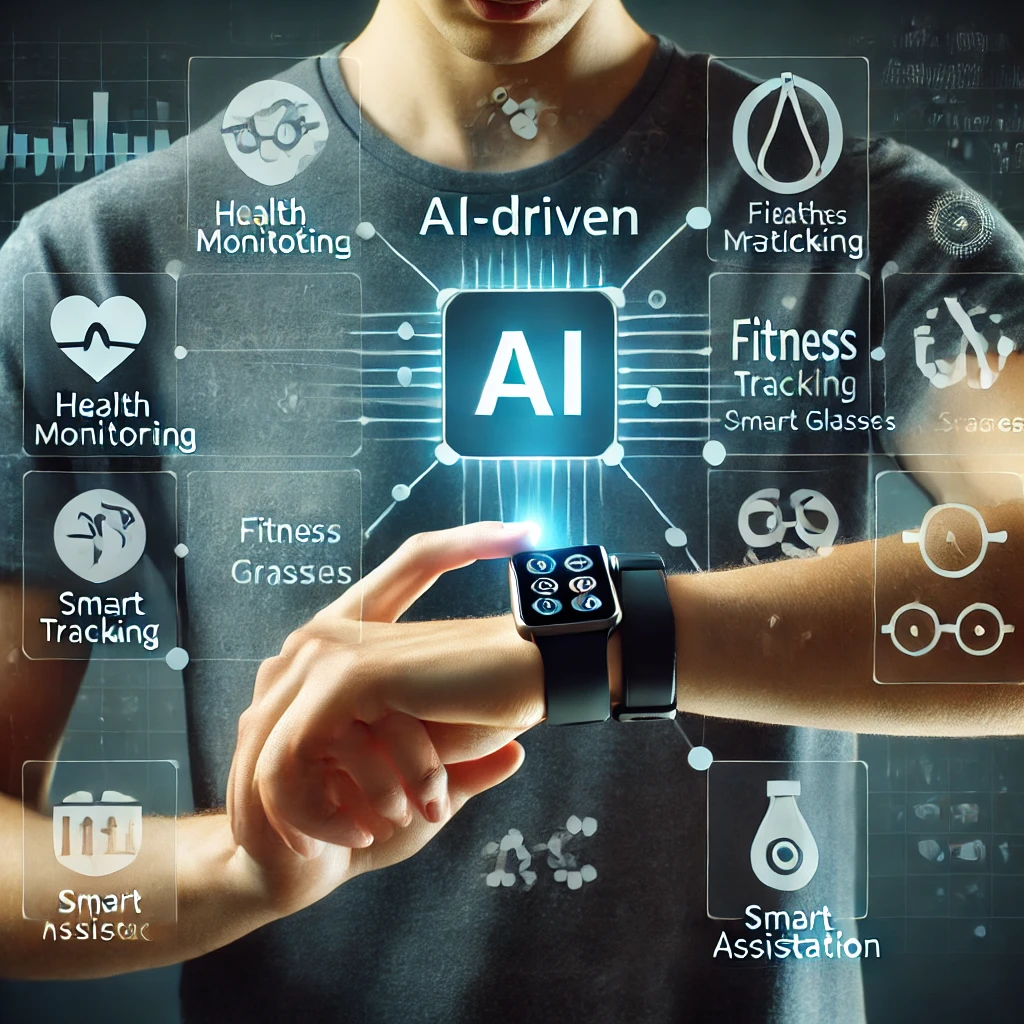Wearable technology has seen a significant evolution over the past decade, moving from basic fitness trackers to advanced smartwatches, smart clothing, and medical devices. At the heart of this innovation lies artificial intelligence (AI), which enhances the capabilities of wearable devices, making them more intelligent, responsive, and valuable in our daily lives. This article explores the role of AI in wearable technology and its impact on various sectors.
1. Enhanced Health Monitoring
One of the most significant contributions of AI to wearable technology is in health monitoring. Wearable devices equipped with AI algorithms can analyze vast amounts of data collected from sensors to provide real-time insights into a user's health. For example:
- Predictive Analytics: AI can predict potential health issues by analyzing patterns in vital signs. This enables early detection of conditions like heart disease, diabetes, and sleep disorders.
- Personalized Health Insights: AI algorithms tailor health recommendations based on individual data, offering personalized advice for diet, exercise, and lifestyle changes.
- Continuous Monitoring: AI-driven wearables can continuously monitor chronic conditions, providing doctors with accurate and comprehensive data for better diagnosis and treatment plans.
2. Smart Fitness Solutions
AI has transformed fitness wearables from simple step counters to sophisticated personal trainers. These devices now offer:
- Real-time Feedback: AI-powered fitness trackers provide real-time feedback on workouts, helping users improve their form and efficiency.
- Adaptive Training Programs: AI algorithms create customized training programs that adapt based on the user's progress and goals.
- Motivation and Engagement: By analyzing user behavior, AI can suggest motivational strategies to keep users engaged and committed to their fitness routines.
3. Improving Daily Life
AI in wearables extends beyond health and fitness, enhancing everyday activities and improving overall quality of life:
- Smart Assistance: AI-powered wearables can act as personal assistants, managing schedules, sending reminders, and providing information through voice commands.
- Enhanced Connectivity: Wearables integrated with AI can seamlessly connect with other smart devices, creating a more interconnected and efficient personal environment.
- Safety Features: AI can enhance safety through features like fall detection, emergency alerts, and real-time location tracking, particularly beneficial for elderly individuals and children.
4. Advanced Data Analytics
The integration of AI in wearables allows for sophisticated data analytics, turning raw data into actionable insights:
- Behavioral Analysis: AI can analyze user behavior patterns to predict and suggest optimal actions, whether it's adjusting sleep habits or improving exercise routines.
- Environmental Interaction: Wearables with AI can adapt to the environment, such as adjusting brightness or sound levels based on user activity and surroundings.
- User Experience Optimization: Continuous learning from user interactions helps AI refine the functionality and user interface of wearables, making them more intuitive and user-friendly.
5. Challenges and Future Prospects
While AI in wearable technology offers immense benefits, it also presents challenges, particularly regarding data privacy and security. Ensuring that user data is protected and used ethically is paramount. Additionally, the future of AI in wearables will likely see more advanced machine learning models, greater integration with other technologies like augmented reality (AR), and expanding applications in fields like mental health and personalized medicine.
In conclusion, AI is a driving force behind the evolution of wearable technology, transforming it into a powerful tool for health, fitness, and daily life management. As AI continues to advance, we can expect wearable devices to become even more integral to our lives, offering smarter, more personalized, and more efficient solutions.




